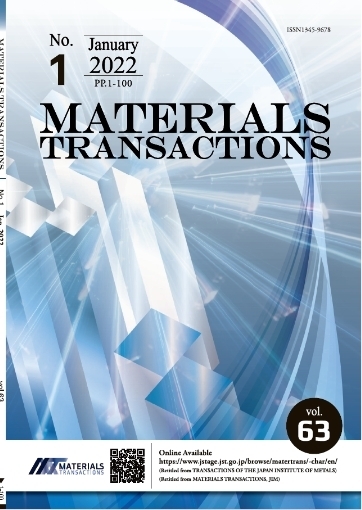High Purity Metals as Primary Calibration Materials for Elemental Analysis-Their Importance and Their Certification
Ralf Matschat, Michael Czerwensky, Sandra Pattberg, Hans-Joachim Heinrich, Silke Tutschku
pp. 90-97
抄録
The Bundesanstalt für Materialforschung und -prüfung, BAM (Federal Institute for Materials Research and Testing) continues to establish a system of primary reference materials to meet the demands of metrological traceability. The materials act as national standards in the field of elemental analysis. For all elements of the periodic table—excepting those that are gases or radioactive—two different kinds of reference materials are being certified. The substances are of very high purity and of defined stoichiometry. Pure elements and metals are used as far as possible. They are certified by determining the trace contents of most elements of the periodic table at very low levels using different trace element analysis methods. Recent application of these methods is described and examples of the certification of some pure metals (copper, iron and lead) are given.
他の人はこちらも検索
システム/制御/情報 Vol.2(1989), No.7
鉄と鋼 Vol.109(2023), No.6
ISIJ International Vol.30(1990), No.2










